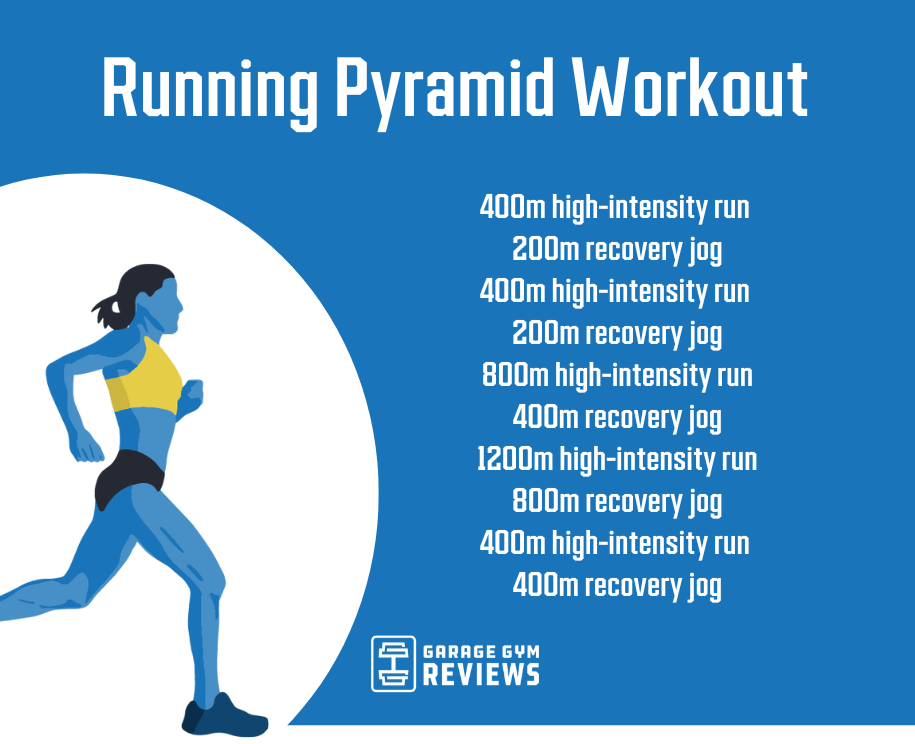Turbocharge Your Runs: Open Your Prospective with Strategic Running Workouts
Turbocharge Your Runs: Open Your Prospective with Strategic Running Workouts
Blog Article
Exactly How to avoid and Handle Pain in Running: Professional Tips and Suggestions
The search of that runner's high can sometimes be impeded by the unwelcome buddy of pain. There exist proven techniques and experienced guidance that can aid reduce and take care of these discomforts, permitting you to focus on the happiness of running itself.
Importance of Appropriate Footwear
Correct shoes plays a crucial function in avoiding and handling pain for runners, as it dramatically affects their convenience, performance, and total foot health. When it involves running, wearing the right shoes can make all the distinction. Ill-fitting or inappropriate shoes can lead to a host of problems such as sores, shin splints, plantar fasciitis, and a lot more extreme injuries like tension fractures.
Selecting the proper running footwear entails considering elements such as foot type, stride mechanics, running terrain, and individual choices. Joggers with high arcs may need even more padding and assistance, while those with level feet could gain from stability shoes. Furthermore, comprehending pronation (the inward rolling of the foot) and supination (the external rolling of the foot) can aid in choose shoes that provide the ideal degree of arch support.
Spending in quality running footwear that are ideal for your specific demands can assist stop pain and discomfort while enhancing your running experience. Prioritizing proper shoes is not nearly efficiency however likewise regarding protecting your foot health and wellness over time.

Reliable Workout Techniques
Shoes choice is just one aspect of preparing for a successful run; an additional critical element is applying reliable warm-up techniques to maximize performance and minimize the threat of injury. A vibrant workout routine prior to a run assists boost blood circulation to the muscle mass, enhances flexibility, and boosts the variety of activity of the joints. Dynamic stretches like leg swings, high knees, and hip circles are useful in preparing the body for the physical demands of running. Progressively enhancing the strength of the workout exercises can aid trigger the muscles and boost neuromuscular coordination.
Along with dynamic stretches, including some light cardio exercises such as jogging or skipping rope can additionally elevate the heart rate and heat up the body. This combination of vibrant stretching and light cardio assists loosen up tight muscular tissues, lubricate the joints, and psychologically prepares the runner for the upcoming exercise (running strategy). By making warm-ups a constant component of your running routine, you can significantly minimize the threat of injuries and perform at your finest throughout each run
Key Stretching Workouts
When preparing for a run, incorporating crucial extending exercises is vital to enhance muscle flexibility and protect against injuries - Read More. Dynamic extends such as leg swings, high knees, and hip circles are helpful for warming up the muscle mass and increasing series of activity before a run. These movements aid improve blood flow, loosen up limited muscles, and prepare the body for the task ahead
Fixed stretches like calf stretches, hamstring stretches, and quadriceps stretches ought to adhere to a run to aid in muscle recuperation and prevent tightness. Holding each stretch for 15-30 secs permits the muscular tissues to loosen up and extend, decreasing the danger of post-run pain and potential injuries.
Additionally, integrating yoga poses like down pet dog, pigeon posture, and spinal twists can target multiple muscle mass groups all at once, promoting overall adaptability and strength. Constant stretching routines not only enhance efficiency but also help in maintaining good running form and stopping overuse injuries. Remember, appropriate stretching methods are crucial for a safe and enjoyable running experience.
Recuperation and Rest Techniques
After finishing a run, applying reliable recovery and remainder methods is vital for making the most of performance and lessening the risk of injuries. In addition, integrating rest days into your training timetable is crucial to avoid overuse injuries and fatigue.
Energetic healing strategies such as mild stretching, foam rolling, and yoga can aid boost blood circulation, decrease muscular tissue pain, and enhance versatility. It is additionally beneficial to prioritize hydration and nourishment post-run to restore electrolytes, glycogen stores, and promote muscle mass recuperation.
Cross-training tasks like swimming or biking can offer a break from the repeated effect of running while still keeping cardio physical fitness - running workout. Listening to your body and recognizing when it needs a break is essential to avoid persistent injuries and guaranteeing lasting running success. Bear in mind, remainder is not an indicator of weak point yet an essential part of a well-rounded training regimen
Cross-Training Benefits

It enables you to function on different facets of fitness that might not be targeted solely with running, leading to a more balanced and versatile professional athlete. Furthermore, cross-training can aid improve running performance by attending to muscle imbalances and weaknesses click here for more info that might prevent performance.
Conclusion
To conclude, proper shoes, workout strategies, stretching exercises, healing techniques, and cross-training are essential components in stopping and taking care of pain in running. By incorporating these techniques into your routine, you can lessen the threat of injury and discomfort while optimizing efficiency and enjoyment of the sport. Read More. Keep in mind to pay attention to your body, prioritize remainder and recuperation, and seek expert guidance when required to make sure a secure and reliable running experience
Report this page